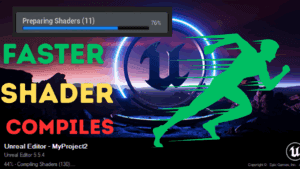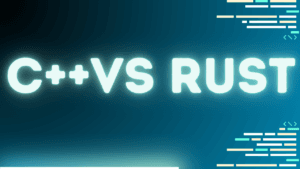
How to Create an Expandable Inventory System in Unreal Engine 5
📺 Watch the Full Video Tutorial on YouTube In this step-by-step tutorial, you’ll learn how to create a fully functional, clean, and expandable inventory system in Unreal Engine 5 using Blueprints, Blueprint Interfaces, and UMG Widgets. This system is suitable for a wide variety of games — from third-person RPGs to survival and top-down simulations. Whether you’re a beginner or intermediate developer, this guide will give





